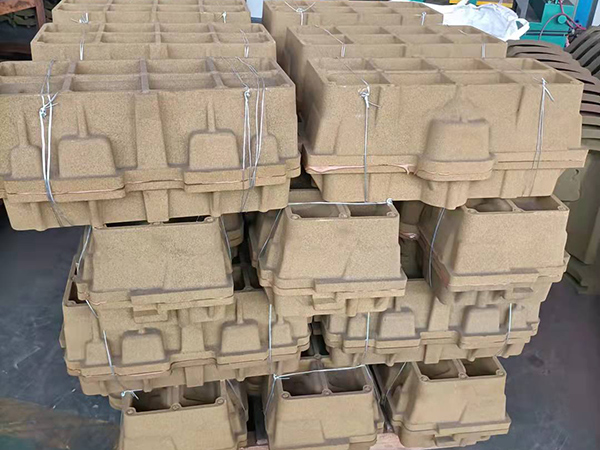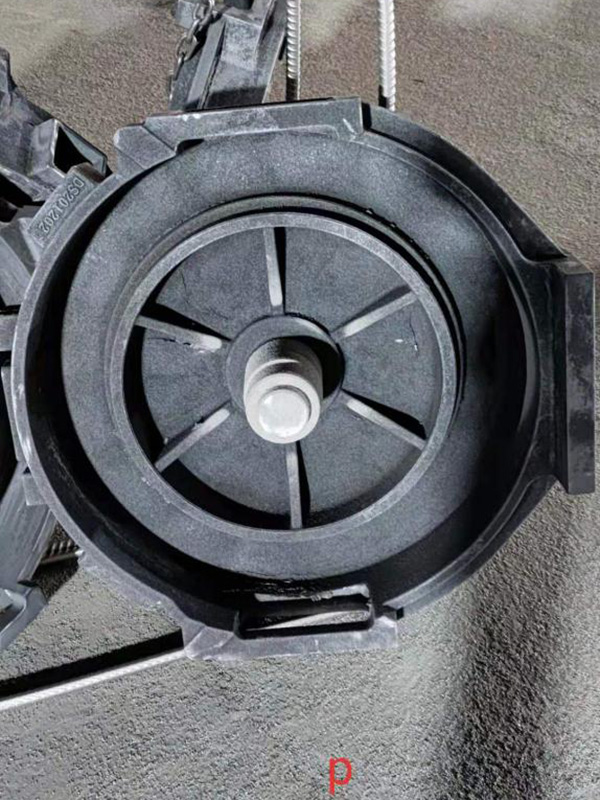- Overview of Resin Coated Sand Manufacturing
- Technical Advantages in Production
- Manufacturer Comparison: Key Metrics
- Custom Solutions for Diverse Industries
- Application Case Studies
- Challenges and Mitigation Strategies
- Future Trends in Sand Casting Processes

(resin coated sand manufacturing process)
Understanding the Resin Coated Sand Manufacturing Process
The resin coated sand manufacturing process
involves bonding high-quality silica sand with thermosetting resins under controlled thermal conditions. This method ensures uniform resin distribution, achieving a 92-96% coating efficiency. Typical production cycles last 45-60 minutes at 240-280°C, producing sand with compression strengths between 2.5-3.5 MPa. Advanced plants now integrate AI-driven quality control systems, reducing material waste by 18% compared to traditional methods.
Technical Superiority in Modern Production
Leading manufacturers utilize three core innovations:
- Multi-stage resin application systems ensuring 0.02mm coating precision
- Closed-loop thermal reactors maintaining ±3°C temperature stability
- Automated screening achieving 99.7% grain consistency
These advancements enable 15% higher mold dimensional accuracy versus conventional processes, particularly beneficial for aerospace castings requiring ±0.15mm tolerances.
Performance Benchmarking: Industry Leaders
| Parameter | Asahi Yukizai | Hüttenes-Albertus | Mancuso Chemicals |
|---|---|---|---|
| Compressive Strength (MPa) | 3.2 | 3.1 | 2.9 |
| Thermal Stability (°C) | 310 | 295 | 285 |
| Reclamation Rate | 82% | 78% | 75% |
Tailored Formulation Development
Customization options address specific casting requirements:
- High-temperature alloys: Phenolic resin blends with 12-15% ceramic additives
- Thin-wall castings: 0.15-0.25mm grain sizes with modified urethane binders
- Corrosion-resistant parts: Epoxy-Novolac hybrid coatings
A recent automotive project achieved 40% faster shakeout times using customized alkaline phenolic sand, reducing post-casting processing costs by $28/ton.
Industrial Implementation Successes
Case 1: A European pump manufacturer reduced casting defects from 7.2% to 1.8% by switching to resin-coated sand, achieving ROI in 14 months.
Case 2: An Indian valve producer increased production capacity by 35% through optimized sand reclamation systems, handling 12.8 tons/hour with 79% reuse efficiency.
Addressing Production Complexities
Common challenges include resin degradation above 300°C (occurring in 12-15% of high-temperature casts) and sand expansion rates varying by 0.8-1.2%. Solutions involve:
- Pre-coated zirconia additives reducing thermal stress
- Real-time viscosity monitoring during resin application
- Moisture control systems maintaining <0.3% H2O content
Innovations Reshaping Resin Coated Sand Processes
The resin coated sand manufacturing process is evolving with nano-coated additives improving flow characteristics by 40%, and bio-based resins reaching 85% petroleum substitution. Recent trials show 22% energy reduction using microwave curing systems, signaling fundamental changes in sand casting manufacturing process efficiency.

(resin coated sand manufacturing process)
FAQS on resin coated sand manufacturing process
Q: What is the resin coated sand manufacturing process?
A: The resin coated sand manufacturing process involves coating silica sand with a thermosetting resin. Heat is applied to cure the resin, creating a hard, durable shell around each sand grain. This coated sand is used in foundries for mold and core production.
Q: How does resin coated sand differ in sand casting manufacturing processes?
A: Resin coated sand enhances sand casting by providing higher dimensional accuracy and better surface finish. Unlike traditional green sand, it requires no additional binders during mold formation. The cured resin ensures molds withstand high temperatures during metal pouring.
Q: What types of resins are used in resin coated sand processes?
A: Phenolic and furan resins are most common in resin coated sand processes. These thermosetting resins provide excellent thermal stability and adhesion to sand particles. The choice depends on required curing times and metal casting temperatures.
Q: What are the key advantages of resin coated sand manufacturing?
A: Resin coated sand enables rapid mold production with minimal defects. It improves casting precision and reduces post-casting finishing work. The process also allows reuse of excess sand, lowering material waste.
Q: How is quality controlled in resin coated sand manufacturing?
A: Quality is maintained through strict particle size distribution checks of raw sand. Resin content and curing temperature are monitored to ensure proper coating. Finished sand undergoes strength and thermal resistance testing before use.
Next:Sand Casting Advantages Cost-Effective & Versatile Metal Solutions
